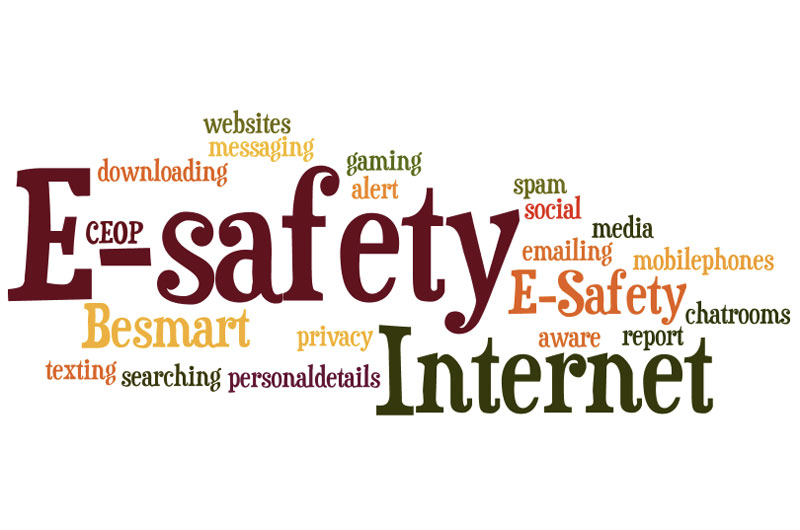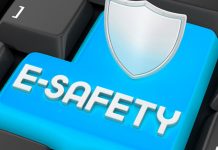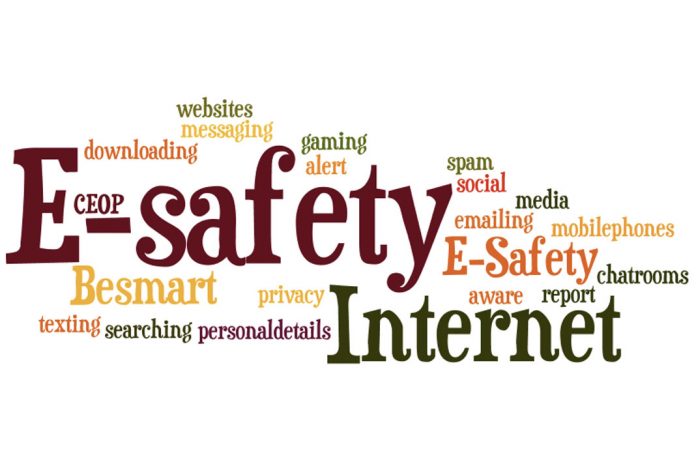What is an E-Safety Co-ordinator?
An e-safety coordinator develops and maintains an e-safe culture within a school.
E-safety is not an IT issue and should not be left solely to IT staff, although they clearly have a role to play.
An e-safety co-ordinator oversees all digital safeguarding within a school, preferably as part of a wider role which covers general child protection and safeguarding.

The key responsibilities of an e-safety co-ordinator include:
- developing an e-safe culture
- being the main point of contact on issues relating to e-safety
- putting together and leading an e-safety team
- raising awareness and understanding of e-safety issues amongst all stakeholders, including parents and carers
- embedding e-safety in staff training, continuing professional development and across the curriculum and learning activities
- keeping a log and reporting on e-safety incidents
- keeping up with relevant e-safety legislation
- liaising with the local authority and other agencies as appropriate
- reviewing and updating e-safety policies and procedures regularly
E-Safety Staff
An e-safety team will include people from all stakeholder groups, such as staff, SENCOs, child protection colleagues and pastoral staff.
The team will work together to develop and implement e-safety policy and practice.
Case Study
Paul Stevens, Assistant Head for E-Safety, The Minster School.
“It’s essential to have someone in the role of e-safety co-ordinator in a school. They’re the person people will turn to to check they’re up to date with the new technologies. One of the main challenges for me in the role was coming to terms with areas such as social networking and cyber-bullying. I needed to get in tune with those issues and look at the benefits of the new technology, as well as understand the dangers at the same time. It’s then about bringing all the information together to make it easier for people to understand.
“The number of incidents that have occurred where email has been abused or people have tried to access websites that are inappropriate has really come down now. The awareness campaign about students not posting information online and not posting images that they lose control over once they’re online has come across really strongly and I think our students really appreciate that.
“It’s been my role to structure all this information and make it available to the right people in the right way, for example in student-friendly language or delivered in a way that’s appropriate for teachers. My role is to make sure the material is available, accessible and easy to understand.”






























